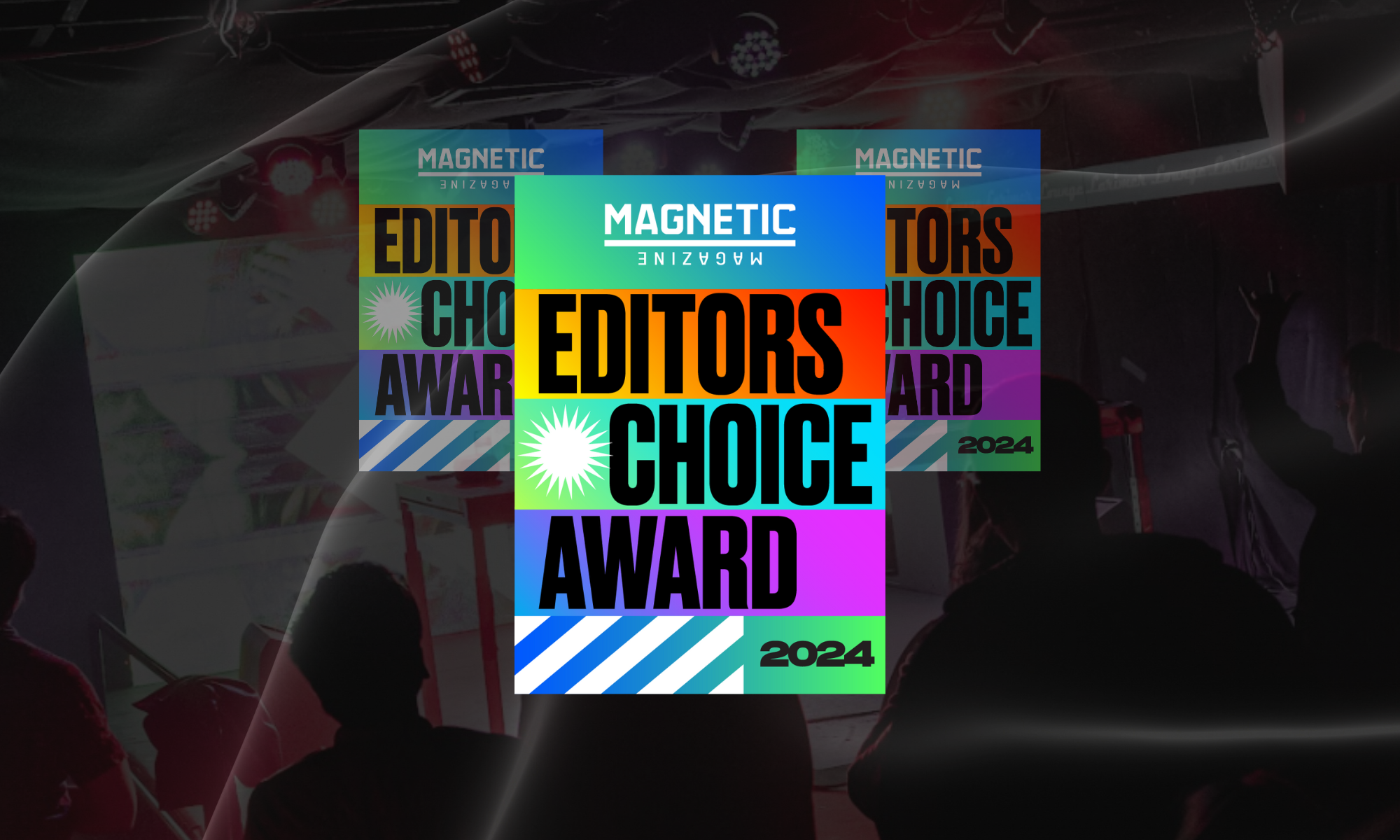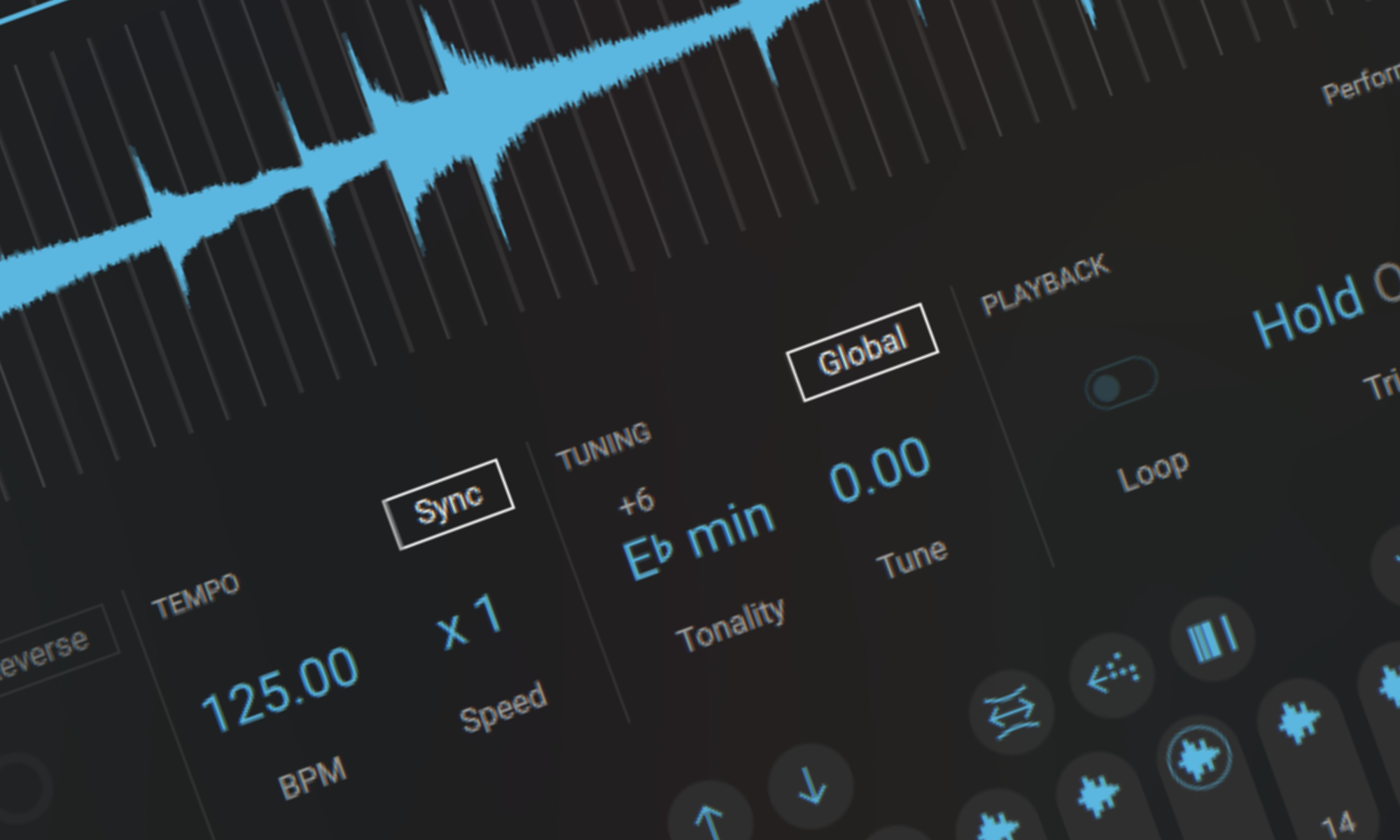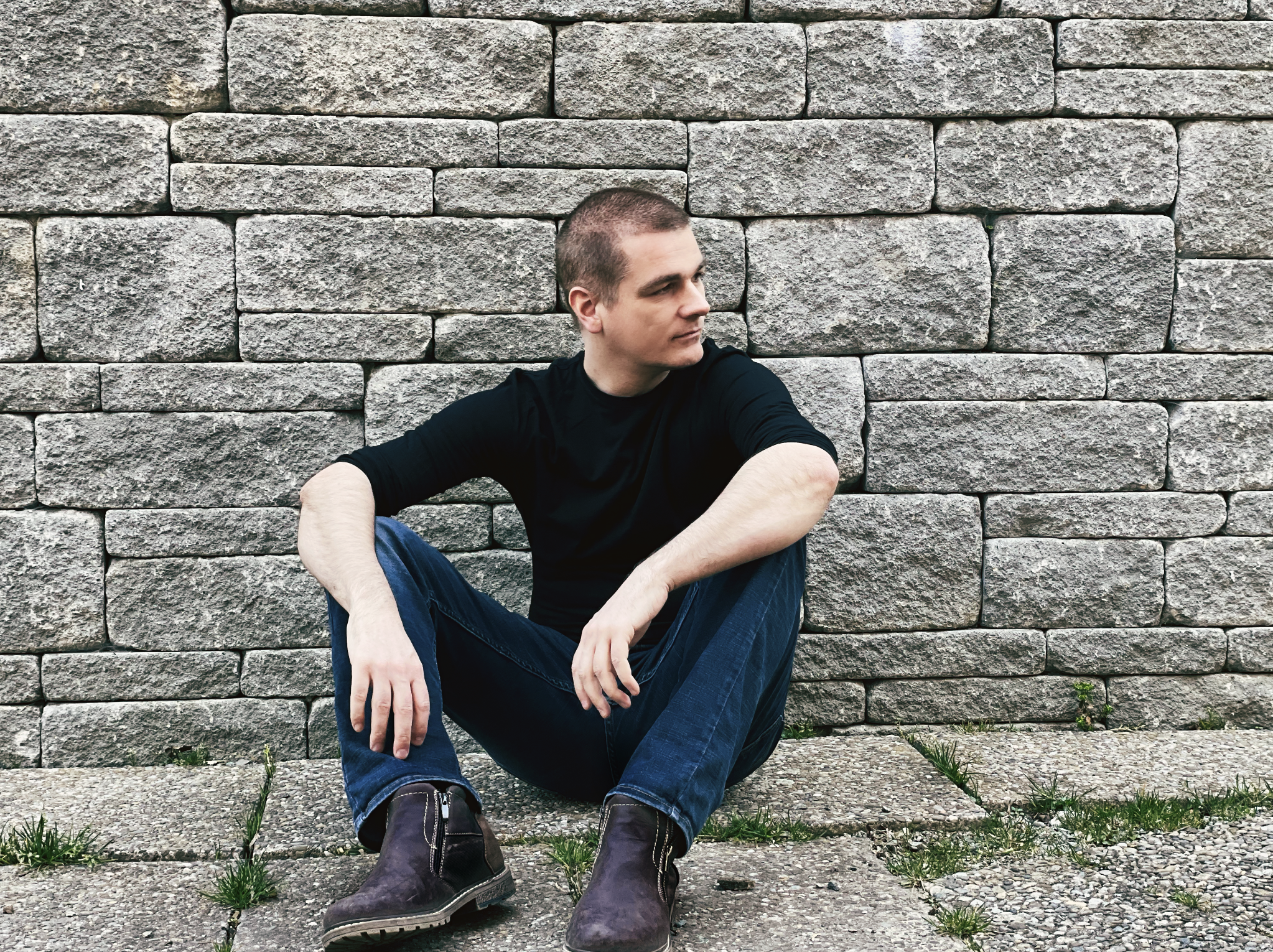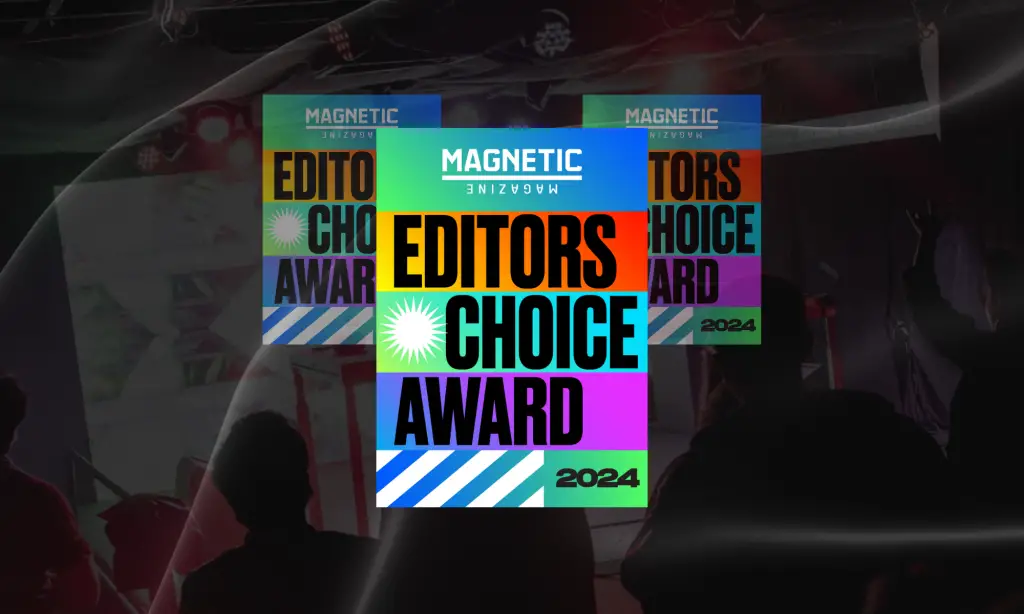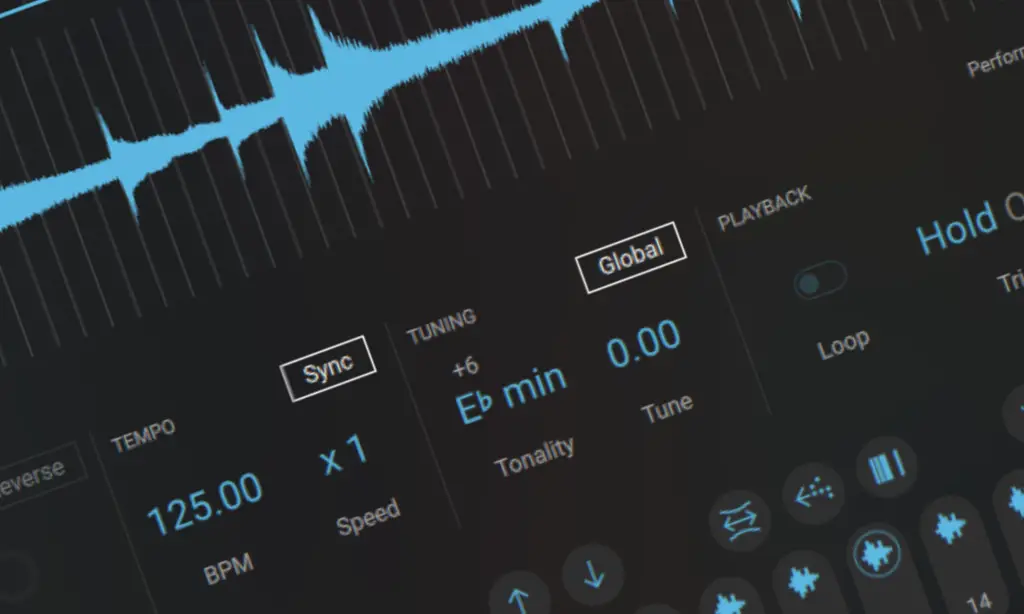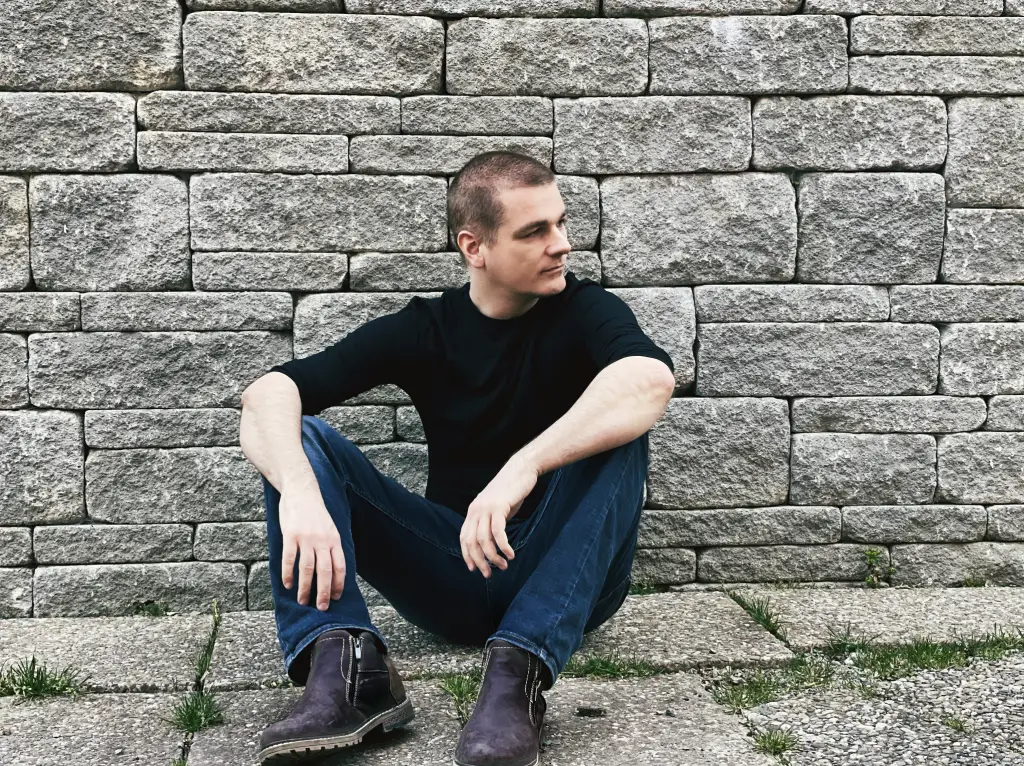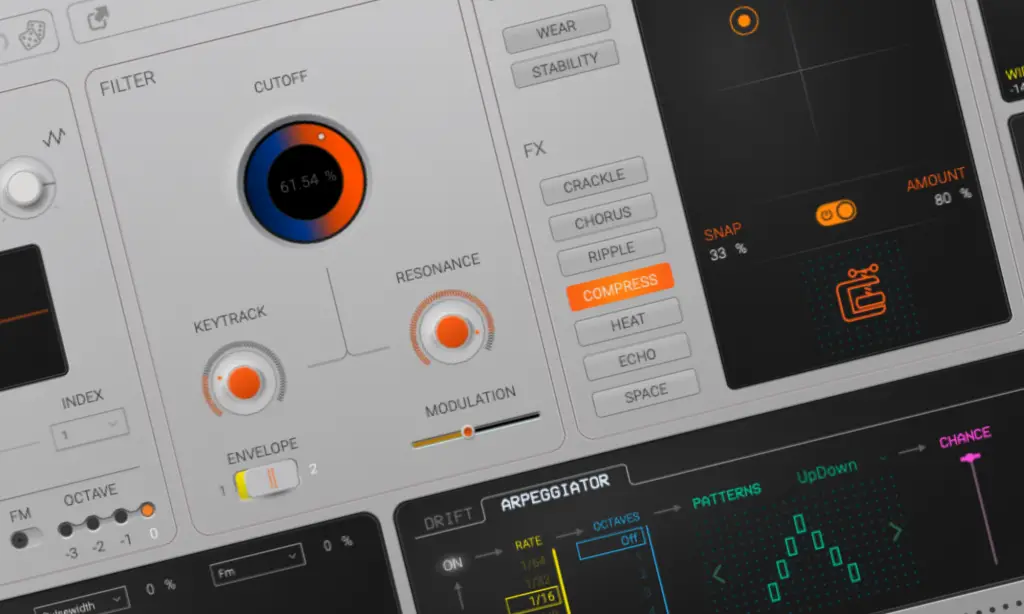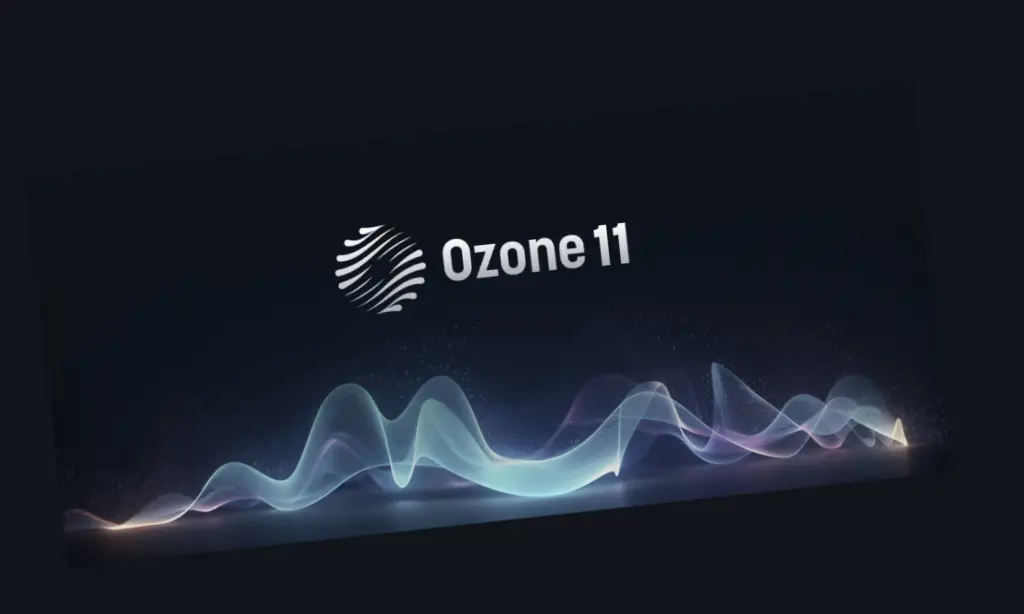Table of Contents
If lyrics are the soul of a song, then structure is the body that gives it life.
You can write the most meaningful lines in the world, but if they’re floating without direction, they’ll never land where they need to.
Songwriters focus so much on the words, but where they land is just as important. You could write the best line of your life, but if it’s dropped in the wrong place, it’s not going to hit the way you want. Structure is what makes sure every lyric fits into the rhythm and flow of a song—it’s the difference between a song that pulls listeners in and one that drifts off before it lands.
Think about it this way: Your words are the story, but structure is the pacing that keeps your audience hooked. It’s like reading a book with no chapters or watching a movie where the climax comes first—it just doesn’t work.
When you get your structure right, your lyrics move with intention. The verses introduce the story, the chorus gives it a punch, and the bridge shakes things up to keep it fresh.
What Is Song Structure and Why Does It Matter?
At its core, song structure is the roadmap that organizes your song’s sections to give it flow, clarity, and impact. It’s the way verses, choruses, and bridges work together to tell a cohesive story. Without it, even the most poignant lyrics can feel like aimless fragments. Think of song structure like chapters in a novel: verses build the plot, choruses deliver the emotional climax, and the bridge offers a shift in perspective. Each part serves a role, and together they create something greater than the sum of their parts.
If you want to dig deeper into the fundamentals of song structure and find even more tools for your writing, check out Song Structure 101. It’s an excellent resource to build on everything we’ve covered here.
Why Understanding Song Structure Brings Meaning to Lyrics
Let’s consider what happens when structure is missing. A song without clear organization feels disjointed—it’s like a novel where every chapter repeats itself or a movie that jumps straight to the climax. The listener doesn’t get the emotional buildup they crave, and even powerful lyrics lose their momentum. I’ve heard plenty of demos that had incredible lines but no sense of progression. They sounded like scattered ideas, not complete songs. Structuring your work doesn’t restrict creativity; it amplifies it. When every section has a purpose, your lyrics hit harder, and the entire song feels intentional.
How The Beatles Mastered Simplicity
Take The Beatles’ “Hey Jude.” The structure is deceptively simple but incredibly effective. The verses set the tone with supportive, narrative lines: “Hey Jude, don’t make it bad.” Then the chorus arrives, repeating “Na-na-na-na” in a way that feels both triumphant and hypnotic. Without this contrast, the emotional release wouldn’t land. The key is balance: the verses pull listeners in, while the chorus lets the emotion expand and stick. Structure allows you to create that kind of dynamic. For more foundational insights on song structure, I’d recommend checking out this excellent breakdown that dives deeper into the elements every songwriter should know.
Why It Matters to You
Ultimately, song structure matters because it gives your lyrics context and momentum. It’s not about following rigid rules—it’s about knowing how to guide your listener through a journey. Whether you stick to a classic verse-chorus-bridge format or experiment with something unconventional, a solid structure ensures your message lands exactly where it needs to.
Once you start paying attention to structure, it transforms the way you write and how listeners experience your music.
How Song Structure Shapes the Emotional Arc of Your Lyrics
A song isn’t just a collection of words and melodies—it’s an emotional experience. And the way you structure your song determines how listeners feel that experience. A well-structured song takes them on a journey, building tension, releasing energy, and delivering emotional moments at just the right time.
The Role of the Verse
The verse is where everything begins. It’s where you introduce the story, the mood, and the imagery that sets up the rest of the song. Verses are usually less repetitive than choruses, giving you room to expand on the theme and explore details that pull listeners into your world. Think of them as the setup—the place where listeners start to understand what the song is about.
Take Adele’s “Someone Like You.” The opening verse paints a vivid picture: “I heard that you’re settled down, that you found a girl, and you’re married now.” It’s simple, specific, and emotionally resonant. By the time the chorus hits, you’re already invested in the story, and the emotional release feels earned.
The Power of the Chorus
The chorus is where everything comes together. It’s the emotional anchor of the song—the part listeners will sing along to and remember. While verses set the scene, the chorus delivers the big idea. It doesn’t have to be complicated; in fact, simplicity often makes it stronger. The goal is to distill the essence of the song into something memorable and impactful.
Think about “Smells Like Teen Spirit” by Nirvana. The verses are quiet and subdued, but the chorus explodes with raw energy: “A denial, a denial, a denial…” The repetition and contrast make the chorus unforgettable, perfectly capturing the song’s frustration and angst.
The Pivot of the Bridge
The bridge is your opportunity to change things up. If the verse sets the scene and the chorus delivers the emotional punch, the bridge is where you pivot—lyrically, musically, or thematically—to add something fresh. It’s the unexpected plot twist in your song, the part where you shake up the listener’s expectations and give them a reason to stay hooked. By introducing contrast, whether it’s through new chords, a shift in tempo, or a change in lyrical perspective, the bridge prevents monotony and sets up the final chorus for maximum impact.
Take “Rolling in the Deep” by Adele. The verses are steeped in simmering tension and heartbreak, and the chorus explodes with scornful intensity. By the time the bridge hits—“Throw your soul through every open door”—there’s a noticeable shift. The energy builds, Adele’s delivery turns more urgent, and the lyrics push the stakes higher. The bridge escalates the emotion, making the return to the final chorus feel even more powerful and cathartic.
How to Use Structure to Improve Your Lyrics
Great lyrics don’t exist in isolation. Structure is what gives them momentum, clarity, and purpose. If you’re struggling to make your lyrics land, leaning into structure can help you transform scattered ideas into something that feels intentional and complete.
Writing with Purpose: Verses and Choruses Serve Different Goals
Verses and choruses are not interchangeable. The verse is where you build the story, introduce details, and set up the song’s theme. You have more room to experiment here—lyrically, it’s about exploration and context. The chorus, by contrast, is about focus. It’s the emotional center of the song, where you distill everything down to its core message.
When you’re writing, ask yourself: What’s the story I’m telling? and What’s the feeling I want listeners to walk away with? The verse can paint the picture, but the chorus needs to deliver the emotional punch.
Why Repetition (When Used Correctly) Makes Lyrics Better
Repetition is a songwriter’s best friend. It might seem simple, but when done right, it’s one of the most effective ways to make your lyrics resonate. A great chorus often repeats key phrases or lines because that’s how you make them stick.
Think about The Beatles’ “Hey Jude.” The repeated “Na-na-na-na” section might be the simplest part of the song, but it’s also the most memorable. Repetition creates momentum, builds tension, and mirrors the way emotions linger and return.
Letting the Bridge Break Expectations
The bridge is where you introduce contrast. If your verses and chorus start to feel predictable, the bridge can shake things up, lyrically or musically. It’s a chance to add a new perspective, reset the listener’s ear, or heighten the emotional stakes.
In Adele’s “Rolling in the Deep,” the bridge adds urgency: “Throw your soul through every open door.” It shifts the tone just enough to refresh the listener’s attention, making the final chorus feel even more powerful.
Recognizing Patterns in Great Lyrics: Case Studies
“Bohemian Rhapsody” by Queen
Freddie Mercury’s “Bohemian Rhapsody” is the ultimate rule-breaker, yet it works because every section serves the song’s emotional progression. The structure defies conventional formulas, moving fluidly from a soft, introspective ballad to an operatic middle section, before shifting into a hard rock crescendo and resolving with a quiet, somber outro. This unconventional approach mirrors the lyrical themes of inner conflict, regret, and finality, making the song feel as much like a theatrical narrative as it does a piece of music. Each section operates like a chapter, revealing new emotional layers and advancing the story.
The opening ballad, with its tender piano and melancholic delivery, sets up the song’s reflective tone: “Mama, just killed a man…” Mercury’s lyrics draw listeners into a confessional space, intimate and vulnerable. As the song moves into the operatic section—“Scaramouche, Scaramouche, will you do the Fandango?”—the structure becomes deliberately chaotic. This shift mirrors the character’s spiraling thoughts, filled with surreal, almost absurd imagery. The tempo quickens, the harmonies stack, and the energy builds toward a peak that feels both exhilarating and overwhelming, perfectly capturing emotional turmoil.
The transition to the hard rock section releases all that pent-up tension. With electric guitars and driving rhythm, the energy turns defiant and bold, as Mercury sings “So you think you can stone me and spit in my eye?” This climactic section serves as a cathartic outburst, mirroring the emotional turbulence Mercury has been building toward throughout the song. The shift feels deliberate—almost like an explosion after a slow, simmering buildup—capturing the emotional turmoil at the heart of the lyrics.
“All Too Well” by Taylor Swift
Taylor Swift’s “All Too Well” builds its emotional impact through linear storytelling and subtle but deliberate structural choices. The song unfolds like a series of cinematic vignettes, each verse revealing new details of a past relationship. Swift uses the verses to paint vivid, relatable images: “Dancing ’round the kitchen in the refrigerator light” and “You call me up again just to break me like a promise.” The specificity of these lyrics creates a sense of intimacy, allowing listeners to feel like they’re reliving the story alongside her.
The chorus serves as the song’s emotional refrain, returning to the line “I remember it all too well” like a haunting memory that refuses to fade. Its repetition mirrors the cyclical nature of heartbreak—the way painful memories loop in our minds no matter how hard we try to escape them. Structurally, the chorus hits with more intensity each time, anchoring the song’s raw vulnerability while providing the listener with something familiar to latch onto. It’s simple, but its power lies in how it encapsulates the weight of the story.
The extended 10-minute version adds another layer of emotional progression. By incorporating new verses and lyrical fragments, Swift deepens the arc of the song—transforming it from a breakup ballad into a fully realized narrative about love, loss, and lingering resentment. Each added section shifts the tone slightly, moving from nostalgia to anger and ultimately to catharsis. This expanded structure allows the emotional stakes to build naturally, keeping the listener engaged throughout its length. In this way, “All Too Well” demonstrates how lyrical storytelling, when paired with intentional structure, can turn a deeply personal song into a universal experience that lingers long after it ends.
“Smells Like Teen Spirit” by Nirvana
Nirvana’s “Smells Like Teen Spirit” thrives on contrast, and that contrast is key to both its structure and emotional power. The verses are subdued, almost mumbled, filled with cryptic lyrics like “Load up on guns, bring your friends.” Cobain’s delivery is casual and detached, mirroring the disaffected, restless energy of the song’s themes. This sets a tone of unease and anticipation, like something is simmering just below the surface. The sparse instrumentation during the verses—mostly clean guitar strumming and restrained drums—adds to this restrained tension.
When the chorus hits, everything explodes.
The guitars roar to life, Dave Grohl’s drumming becomes relentless, and Cobain’s vocals turn raw and urgent. The repeated refrain of “A denial, a denial, a denial…” is primal and cathartic, encapsulating the song’s core frustration and rebellious spirit. Structurally, the shift between quiet verses and loud, explosive choruses amplifies the emotional stakes, making the contrast feel not only intentional but essential. Without this dynamic shift, the chorus would lose its visceral impact.
This structure also serves the song’s lyrical themes of disillusionment and rebellion. The subdued verses reflect the monotony and aimlessness of suburban teenage life, while the chaotic chorus feels like an eruption of pent-up energy—a rejection of everything mundane and conformist. By marrying structure to theme so effectively, “Smells Like Teen Spirit” demonstrates how deliberate pacing and contrast can elevate a song’s emotional resonance. It’s a masterclass in using structure to mirror lyrical intent.
Common Mistakes Lyricists Make When Ignoring Structure
Too Much Sameness
One of the biggest mistakes lyricists make is treating every section of the song the same. Verses, choruses, and bridges each play distinct roles in creating momentum and emotional payoff, and when you ignore those differences, the song feels flat or repetitive. The verse is where the story unfolds, setting up the imagery and details that anchor listeners in the song’s world. If a chorus sounds like a slightly louder verse, or if a bridge feels like just another variation of the chorus, the song’s emotional arc never materializes. Structure is about contrast and balance—sections need to complement each other, not compete for the same space.
Take a song like “Hey Jude” by The Beatles. The verses set the scene and build a supportive, comforting narrative: “Hey Jude, don’t make it bad.” Then, when the chorus arrives with the uplifting, repeated “Na-na-na-na,” it feels like a natural and satisfying release. If the verses and chorus were too similar, that chorus wouldn’t have the same emotional impact.
This balance is what keeps listeners engaged.
Information Overload
Another common pitfall is overloading the chorus with detail. The chorus is meant to distill the song’s core message into something memorable and emotionally resonant—it’s not the place to introduce new ideas or overwhelm listeners with wordiness. If you pack the chorus with too much information, it becomes muddled and loses its punch. Think about the chorus of Adele’s “Someone Like You”: “Never mind, I’ll find someone like you.” It’s simple, direct, and deeply emotional. It doesn’t try to overcomplicate the moment; instead, it amplifies the song’s central heartbreak.
Ignoring The Bridge
Finally, skipping or underutilizing the bridge can leave your song feeling incomplete, like it’s missing that crucial turning point that ties everything together. A bridge is your chance to pivot emotionally or thematically, breaking the listener out of their expectations and resetting the ear before the final chorus. It’s a pause, a twist, or a buildup that keeps the song from feeling repetitive.
In “Rolling in the Deep” by Adele, the bridge does exactly that. The intensity ratchets up as Adele belts, “Throw your soul through every open door,” pushing the emotion higher and introducing a new lyrical perspective. It’s a shift that feels both urgent and fresh, pulling the listener deeper into the song before plunging back into the chorus. Without this bridge, the chorus might still work, but the emotional stakes wouldn’t feel nearly as high.
Compare this to a song that skips the bridge entirely—sometimes it works, but more often than not, the lack of variation can make the song drag. The bridge is where you surprise your listener, where you take a breath or add tension before delivering that final emotional payoff. It’s one of the most underrated tools in songwriting, and when used effectively, it’s what makes the last chorus hit just right.
To avoid these mistakes, approach each section of your song with intent. Verses set the story, choruses deliver the big idea, and bridges break the monotony. When each part has a purpose, the song feels dynamic, complete, and powerful.
Conclusion
Structure ensures your lyrics land where they matter most, giving your songs the power to resonate with listeners. Every line you write deserves to be heard. Structure is what makes that possible.
Here’s a challenge: Listen to your favorite song. Map out its structure—where the verses set the stage, where the chorus punches through, and how the bridge shifts the energy. Pay attention to how each part builds momentum or resets the flow. Trust me, once you start hearing the structure, you won’t be able to unhear it—and it’ll completely change the way you approach your writing.
Will Vance is a professional music producer who has been involved in the industry for the better part of a decade and has been the managing editor at Magnetic Magazine since mid-2022. In that time period, he has published thousands of articles on music production, industry think pieces and educational articles about the music industry. Over the last decade as a professional music producer, Will Vance has also ran multiple successful and highly respected record labels in the industry, including Where The Heart Is Records as well as having launched a new label with a focus on community through Magnetic Magazine. When not running these labels or producing his own music, Vance is likely writing for other top industry sites like Waves or the Hyperbits Masterclass or working on his upcoming book on mindfulness in music production. On the rare chance he's not thinking about music production, he's probably running a game of Dungeons and Dragons with his friends which he has been the dungeon master for for many years.

